SREETS AS PUBLIC SPACES: LESSONS LEARNED FROM MALIOBORO STREET, YOGYAKARTA CITY
Urban and Regional Planning, Faculty of Built Environment and Surveying, Universiti TeknologiMalaysia

PROBLEM BACKGROUND






o One of the trend of urbanization in Indonesia lies in the use of streets and the streets itself. Development of streets have been prioritized to accommodate the large number of vehicle use and results to a variety of problems, such as congestion, accidents, productivity reduction, noise pollution, air pollution, healthproblems,andmanyothers (Ruslan, et.al., 2020).
o Traditional streets in Indonesia that historically functioned as multi-functional shared spaces are now merely channels of vehicle movement and are currently in vulnerability and begin to lose its quality due to poor management (Arif Budi Sholihah, 2016).
o Malioboro Street, Yogyakarta city’s most significant street, also experiences the problems mentioned. However, ever since completing its revitalization, Malioboro Street turns to favour people-centred activities over vehicles.
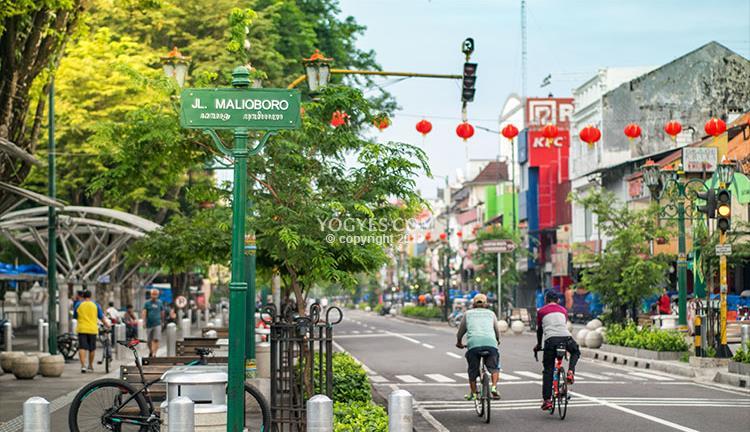


120,000,000
100,000,000
Growth of VehicleOwnership in Indonesia by Type
80,000,000
60,000,000
40,000,000
20,000,000
0
2015 2016 2017 2018 2019 Year
Private Car 12,304,221 13,142,958 13,968,202 14,830,698 15,592,419 Bus 196,309 204,512 213,359 222,872 231,569
Truck 4,145,857 4,326,731 4,540,902 4,797,254 5,021,888
Motorcycle 88,656,931 94,531,510 100,200,245 106,657,952 112,771,136
PROBLEM STATEMENT, RESEARCH QUESTIONS, AIM, AND OBJECTIVES
ProblemStatement
Limited research on analyzing the revitalization process of Malioboro Street in the aspect of urban design and planning
Few good and proper documentations of the significant transformation of Malioboro Street
ResearchQuestions
How did Malioboro Street transform from a vehicle-dominated street into a peoplecentred street?
What are the key success factors of Malioboro Street as a street for public space?
What are the barriers, shortcomings, and challenges that Malioboro Street faced during its transformation or revitalisation process?
TostudyandassessthetransformationofMalioboroStreetfromoncevehicledominatedanduninvitingtoasocial,economic,andrecreationalcentreofthecity.
Objectives
Toanalyse thetransformation of MalioboroStreetinto a streetas public space
Toexplorethestrategiesand challengesamidst the improvementof Malioboro Street
Toextractthe lessonsthat can belearnedfrom Malioboro Street’srevitalizationproject fromthe urban design perspective
LITERATURE
Preliminary
CASE


GedongtengenDistrict,Yogyakarta City, Special Region of Yogyakarta 373,589 people Yogyakarta City remains as the only Indonesian royal city ruled by monarchy and is known as “The remarkable city with a million histories and uniqueness,” the center of Indonesian education, and a famous tourist destination both domestically and internationally.
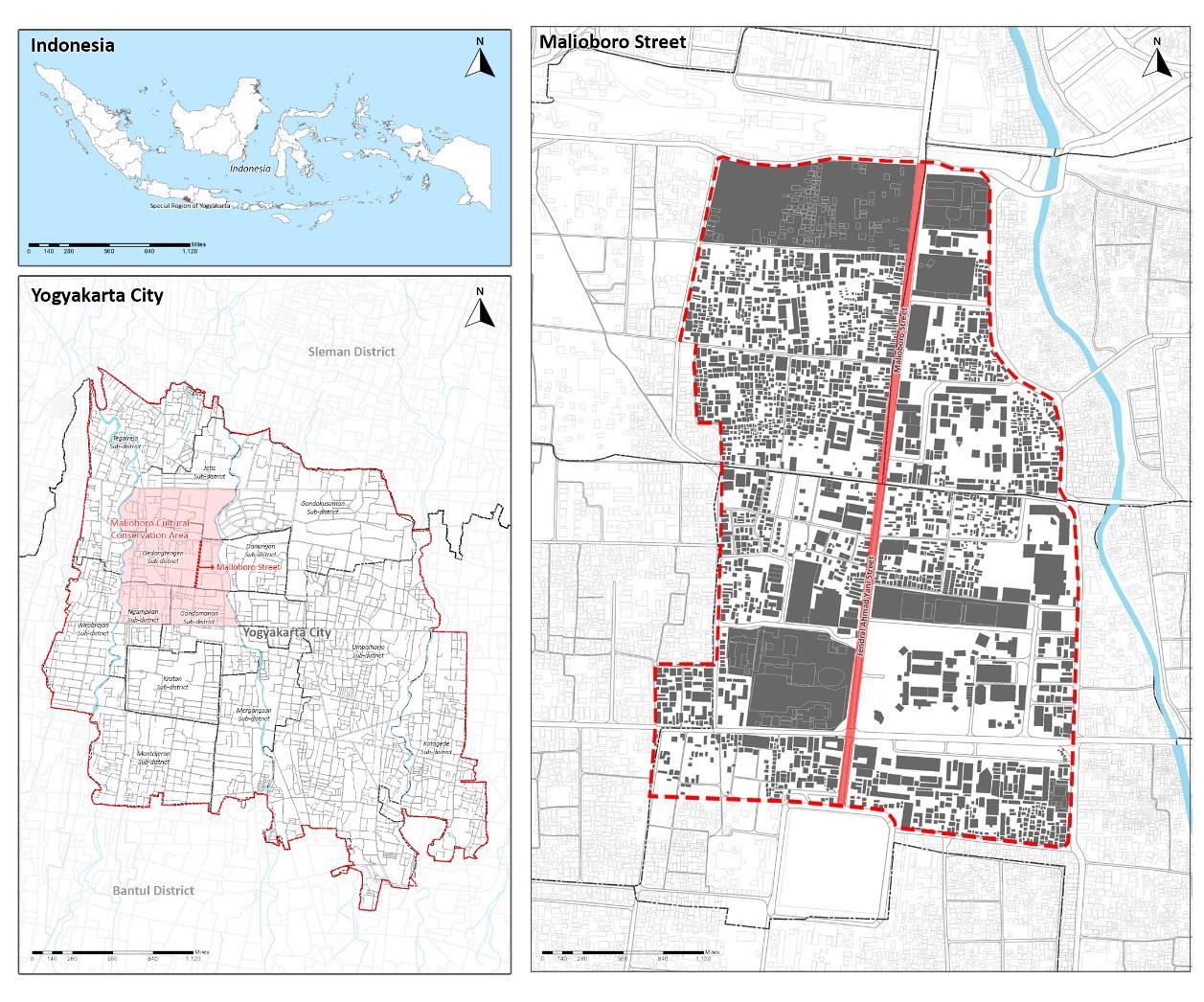
RESEARCH OUTCOME, FINDINGS, AND DISCUSSION
OBJECTIVE1
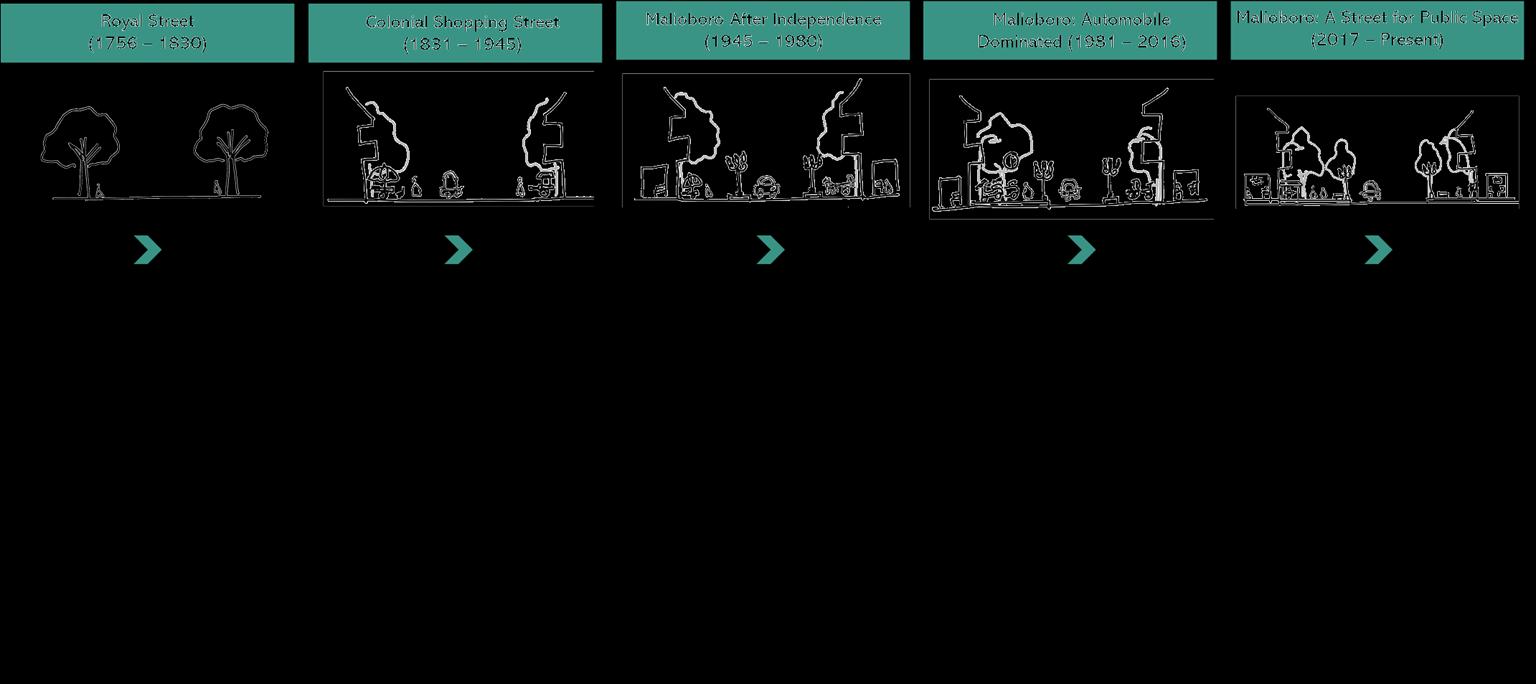
To analysethe transformation of Malioboro Streetinto a streetas public space
Aspects of streetsas public spaces fulfilled Based on the analysis and assessment,it can be concluded that Malioboro Streetdoes currently functionasa streetfor publicspace.
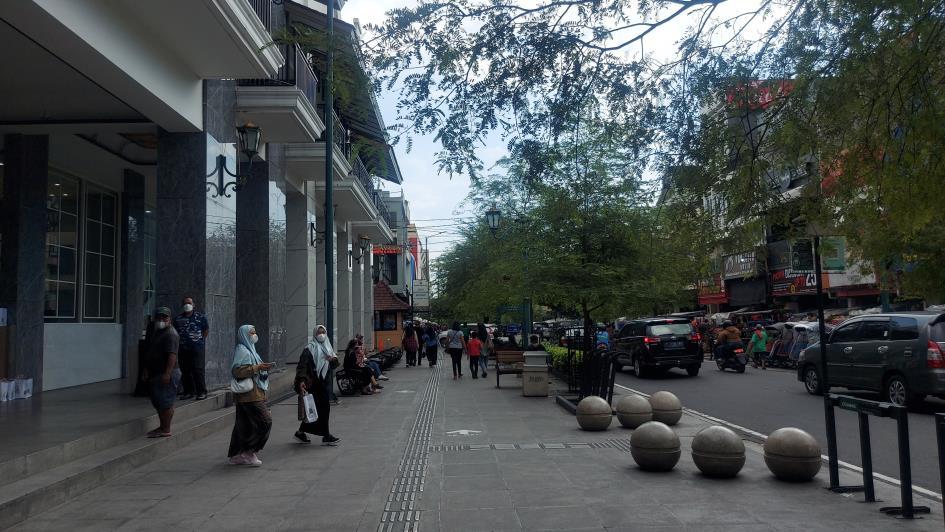

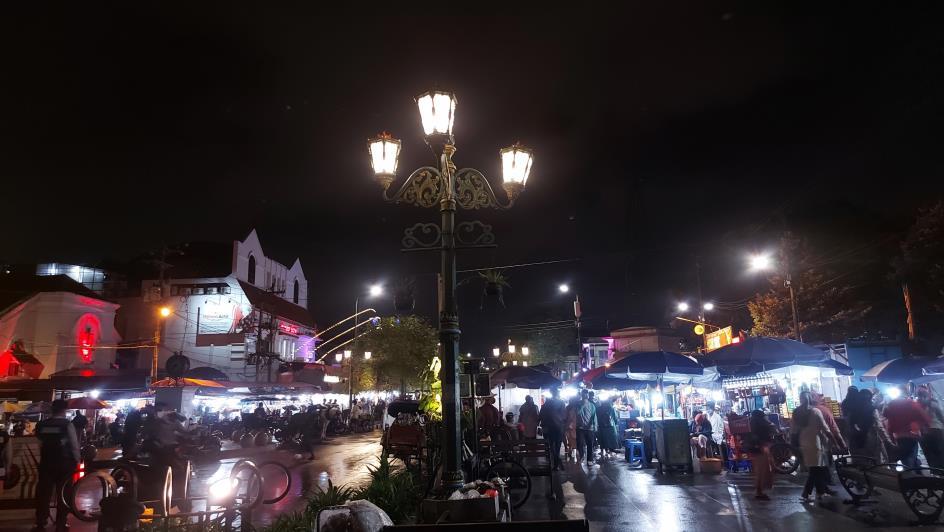
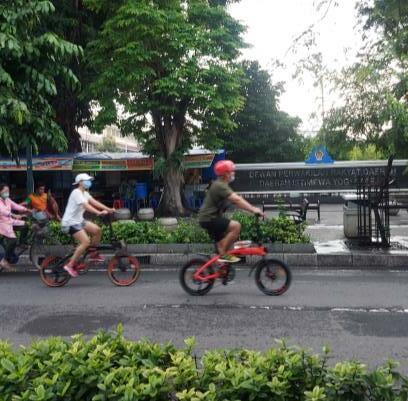
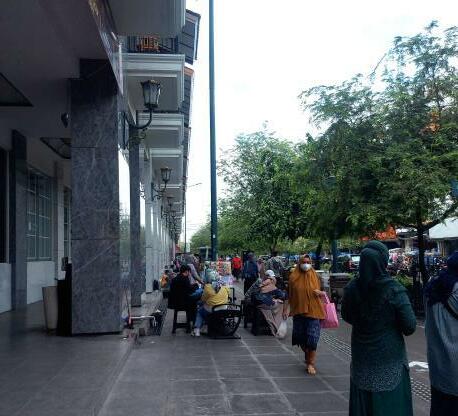
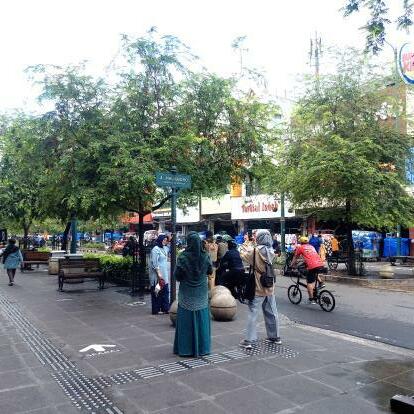
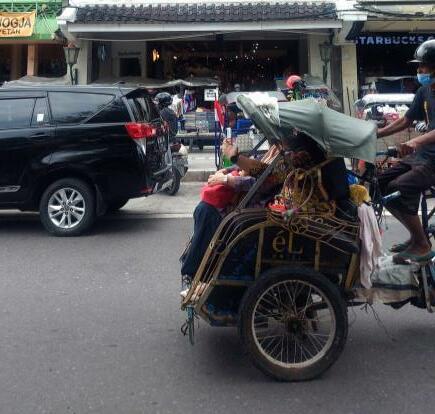






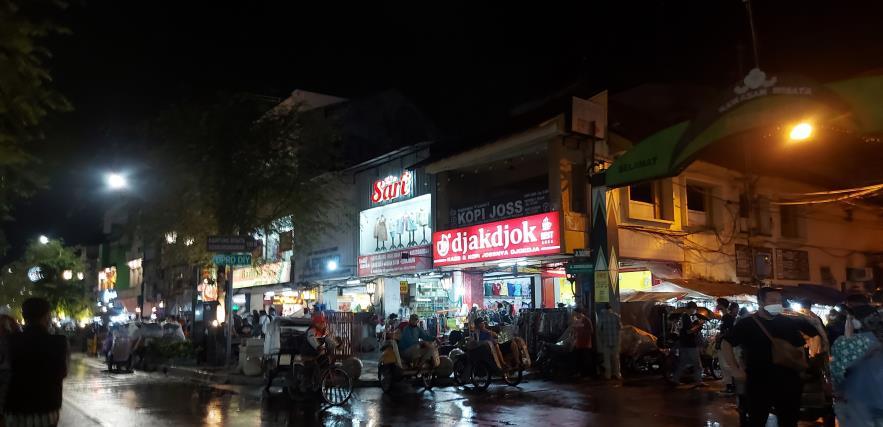

•
•
•
•
•
•
•
•
•
•
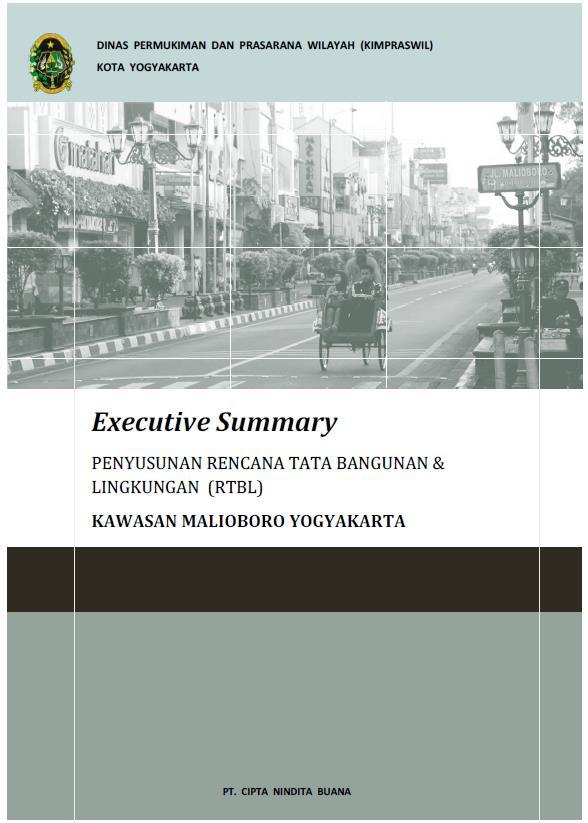
StreetSegments
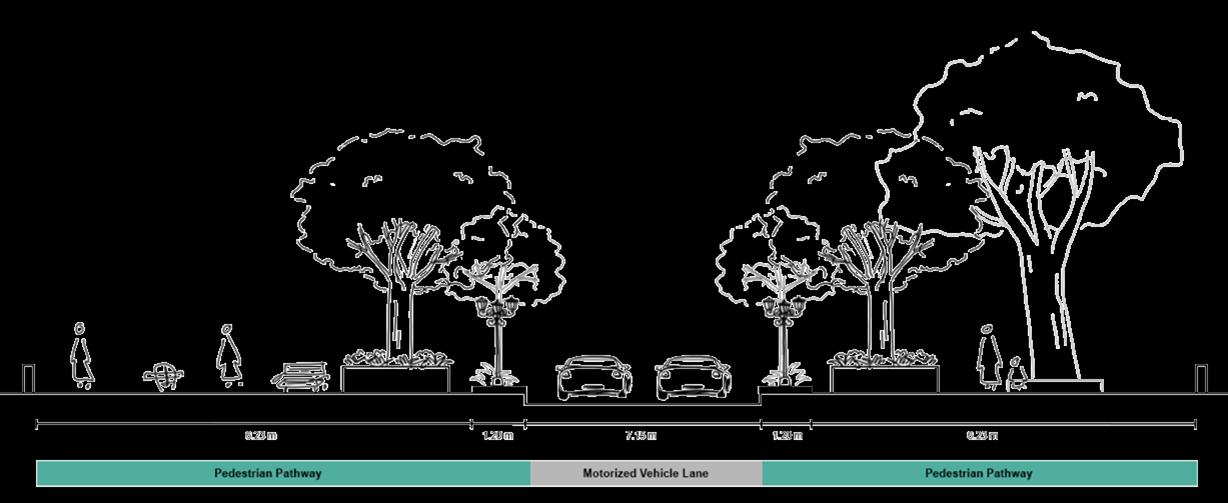








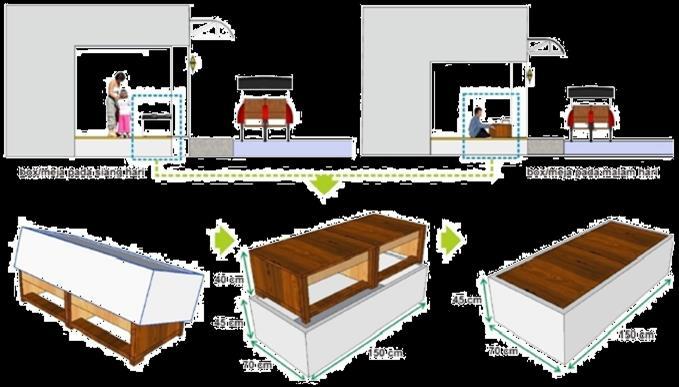


To extractthe lessonsthat can be learnedfrom Malioboro Street’s revitalizationproject from the urban design perspective OBJECTIVE3
o When street revitalization is focused on accommodating motorized vehicles, it will attract more motorized vehicles. When streetrevitalization is focusedonimprovingpedestrianism,itwillattractmorepeople.
o Plan streetsto helpthecommunityandinformalsectortothrive.
o As Jane Jacobs mentioned, each city or area have their own unique strengths and weaknesses, hence, to plan for these cities, stakeholders must understand how the city and space work and try to improve them through countless trial anderror.
CONCLUSION
1. A project is somethingprogressive.One planning and design guideline might not be enough to solve all existing and arising problemswhich will requiremodifications along the way.
2. Jan Gehl’s(2010) theory,“moreroad will lead to moretraffic.”
3. Plan for both the formal and informal sector.
THANK YOU
REFERENCES
1. Fauziah, S. M. N. (2018). Dari Jalan Kerajaan MenjadiJalan Pertokoan Kolonial: Malioboro 1756-1941. LembaranSejarah, 14(2),171-193.
2. Gehl, J. (2010). Citiesfor people.Washington, DC:Island Press.
3. Gehl, J., & Gemzøe,L. (2000). New City Spaces: Danish ArchitecturalPress.
4. Indonesia Central Bureau of Statistics (Badan Pusat Statistik). (2021). PerkembanganJumlah Kendaraan Bermotor Menurut Jenis(Unit), 2015-2019. Retrievedfrom https://www.bps.go.id/indicator/17/57/2/perkembangan-jumlahkendaraan-bermotor-menurut-jenis.html
5. Jacobs,A. (1993). Great Streets.Cambridge:MIT Press.
6. Jacobs,J. (1961). The Deathand Life of GreatAmericanCities.New York: Random HouseInc.
7. Miao, P. (2001). Introduction. In P. Miao (Ed.), Public Placesin Asia Pacific Cities:CurrentIssuesand Strategies:Kluwer AcademicPublishers.
8. Sholihah, A. B. (2016). The Quality of Traditional Streetsin Indonesia. (Doctor of Philosophy). Universityof Nottingham,
9. Wibisono, B. H. (2001). Transformation of Jalan Malioboro, Yogyakarta: the morphologyand dynamicsof a Javanese street.Retrievedfrom http://hdl.handle.net/11343/36913
